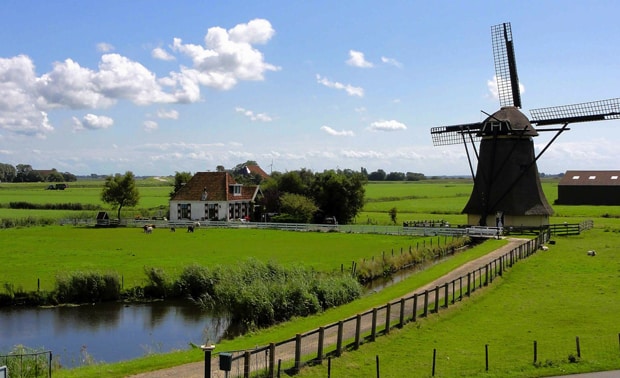Sign up for the Family Tree Newsletter! Plus, you’ll receive our 10 Essential Genealogy Research Forms PDF as a special thank you.
Get Your Free Genealogy Forms
"*" indicates required fields

Q What advice can you offer on genealogy in Belgium? My husband’s family came from there, and I would like to know where I can go to find information—no one even knows when or how the family got from Belgium to the United States. All I’ve found so far is it was in the late 1800s.
A Based on the problem you’ve described, it sounds as though you really should be focusing on researching the family in the United States rather than Belgium. In order to cross the pond, you first have to pinpoint the Belgian immigrant.
So first, you’ll have to learn who the immigrant was, when he came to America, and the specific town he came from. To do that, you’ll need to thoroughly trace each generation of the family in America, starting with your husband.
You might try asking your husband’s relatives if they know any family stories that might provide additional clues, or if they have any family papers that could contain leads—a naturalization record or a family Bible, for example.
A good next step would be searching federal census records for each generation of your husband’s family: Beginning in 1850, censuses list each person’s place of birth. So if a family member did in fact immigrate during the late 1800s, census records should indicate that. Later censuses even tell you parents’ birthplaces.
If your husband’s ancestor became a citizen in the late 19th or early 20th century, his naturalization documents will likely tell you the town where he last lived in Belgium. Obituaries often provide clues, too.
Your best bet is to check every source you can about each previous generation, as you never know where a lead is going to turn up. That includes records about the siblings of your husband’s ancestors: Maybe your husband’s forebear didn’t apply for citizenship, for example, but his brother did.
I’d also recommend you look to Belgian genealogy organizations and networks, such as the Resources for Belgian Research on WikiTree, for help. Since immigrants tended to settle in the same places as their countrymen and leave their homeland for the same reasons, these groups could provide historical and social context to help guide your search. You may also be able to connect with cousins through these organizations’ queries and databases. Browse Ancestry.com’s Belgian collection or get some ideas of where to find more resources and websites on our Belgian Toolkit page.
By following all these leads, you should be able to find clues to your husband’s Belgian ancestry—just don’t try to cross the pond prematurely.

